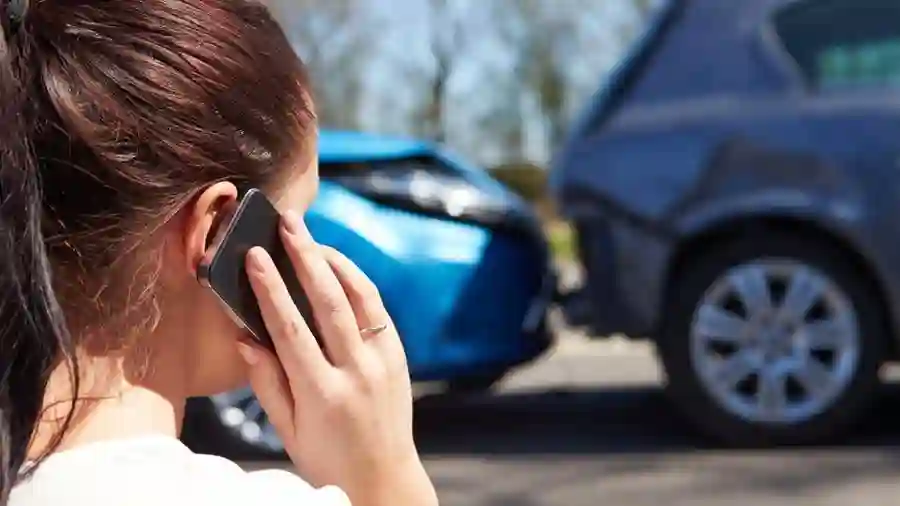If you’ve ever been in a car accident, you know how frightening it can be. You also want to do what you can to take care of yourself and those involved.
A few things you should do after a car accident are to get medical attention, collect information and call the police. These actions will help you in the aftermath of the crash and may impact your chances of making a claim for damages.
Stopping at an Intersection
As a driver, you should always obey the laws of traffic at intersections. You can get in trouble if you fail to stop at an intersection for any reason.
Depending on the type of intersection, you may have to wait for traffic to clear before you can move forward. Watch the signs to see if the road is clear before you proceed.
You should also check the crosswalk before moving into it. If it isn’t marked, you must stop well before the crosswalk so that pedestrians have plenty of time to cross the street safely.
You should always keep extra distance between you and the vehicle in front of you at intersections, especially if it is icy or snowy. This will help you prevent a car accident.
Rear-End Collisions
Rear-end collisions can be extremely serious, causing significant damage to both vehicles and the people inside. These types of accidents can happen anywhere, at any time.
Drivers who are driving in a manner that is not safe can cause a rear-end crash. This can be caused by tailgating, panic stops, drowsy driving or distracted driving.
A front car hitting the back of a vehicle in a rear-end accident can lead to damage to both cars and injuries to the drivers and passengers inside. Some of the most common injuries include neck, spine, and spinal cord injuries.
Another common injury is whiplash, which occurs when the head and neck are jerked suddenly and violently. Whiplash can cause soft tissue damage and result in long-term pain, stiffness, and limited movement of the neck. It can also cause permanent spinal injuries that can lead to numbness, weakness, and even paralysis.
Side-End Collisions
Side-end collisions, also called T-bone collisions, are often more deadly than rear-enders or head-on crashes. The reason is that cars offer less protection on the sides than in the front and back.
A car that is struck in the front or rear typically has several feet of metal, engine parts, and glass to absorb the impact of the crash. However, when a car is struck from the side, there is only the door or window between the driver or passenger and the force of impact.
This can cause penetrating injuries, lacerations, and broken bones in the occupants. It can also damage internal organs like the heart, kidneys, and liver. These injuries can be life-altering and result in long-term effects. In addition, they can lead to ongoing medical expenses and require rehabilitative therapy.
Hit-and-Run Collisions
A hit-and-run accident occurs when a driver collides with another vehicle or person and then leaves the scene without providing insurance information. It’s a dangerous situation, and it can lead to serious injuries or fatalities.
Even though a driver may believe that they’re doing the right thing, it’s always in their best interest to stop and stay at the scene of an accident. This is important because it helps prevent injury, and it also allows law enforcement to find the at-fault driver if they have witnesses who know their identity.
The more detailed you can describe the crash and the driver, the better your chances of identifying them. This includes their make, model and color of vehicle, and even where the driver’s car might have been damaged based on the nature of the collision.


